Physical damage or destruction from coastal development, dredging, quarrying, destructive fishing practices and gear, boat anchors and groundings, and recreational misuse (touching or removing corals).
Pollution that originates on land but finds its way into coastal waters. There are many types and sources of pollution from land-based activities, for example:
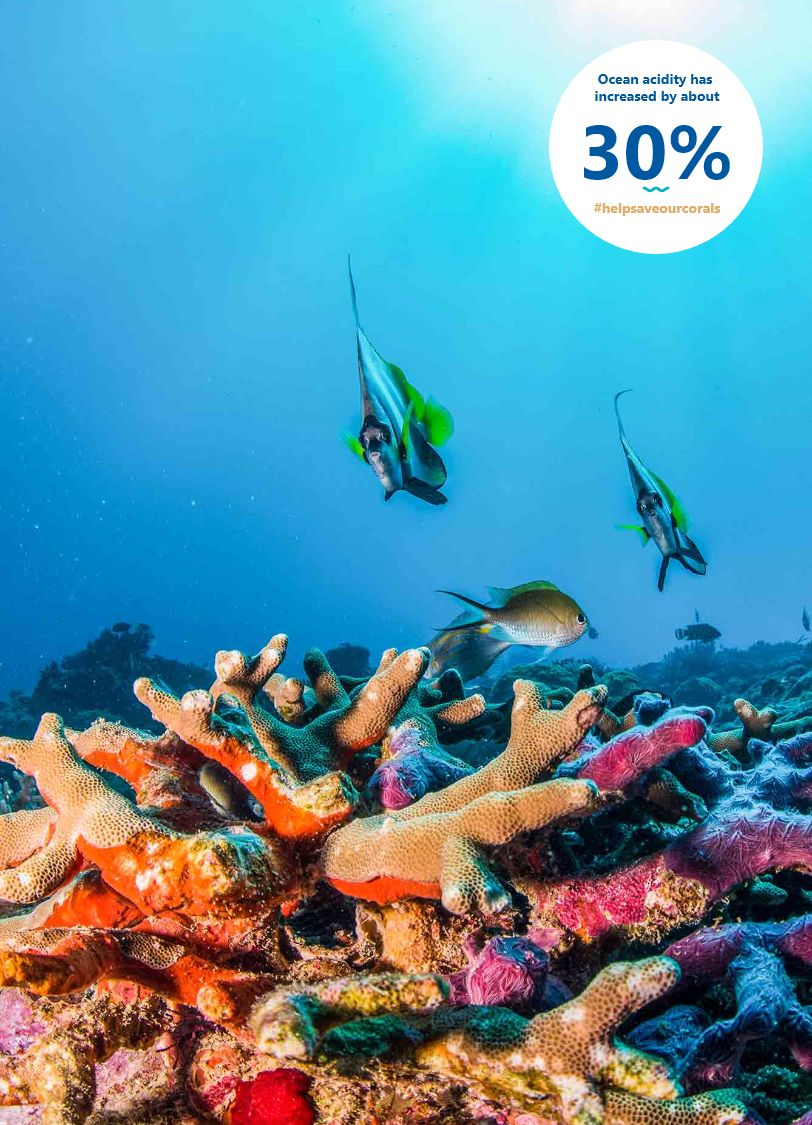
Global threats from Increased ocean temperatures and changing ocean chemistry are the greatest global threats to coral reef ecosystems. These threats are caused by warmer atmospheric temperatures and increasing levels of carbon dioxide in seawater. As atmospheric temperatures rise, so do seawater temperatures. This warming causes corals to lose the microscopic algae that produce food that corals need, placing stress on the corals. Without this algae coral also lose their coloration—a condition known as coral bleaching because the loss of algae reveals the white color of the calcium carbonate structure underlying the polyps. Severe or prolonged bleaching can kill coral colonies or leave them more vulnerable to other threats such as infectious disease. Other climate impacts, such as sea level rise, increased frequency and intensity of tropical storms, and altered ocean circulation patterns, can also affect coral reefs.

The amount of carbon dioxide in the atmosphere is in equilibrium with that in seawater, so when atmospheric concentrations increase so do oceanic concentrations. Carbon dioxide entering seawater reacts to form carbonic acid, causing an increase in acidity.
Each year, the ocean absorbs about one-quarter of the carbon dioxide emitted from the burning of fossil fuels (oil, coal, and natural gas). Since the Industrial Revolution, ocean acidity has increased by about 30%, a rate that is more than 10 times what has previously occurred for millions of years. Further, ocean acidity levels are expected to increase by an additional 40% above present levels by the end of this century.
Increases in ocean acidity (measured by lower pH values) reduce the availability of dissolved salts and ions needed by corals to form the calcium carbonate structure. Consequently, coral growth and reef growth can be slowed, with some species affected more than others. If acidification becomes severe, coral skeletons can actually dissolve. On a local level, nutrient enrichment due to run-off from human activities on land can also cause increased acidity in coastal waters, exacerbating the effects of ocean acidification.

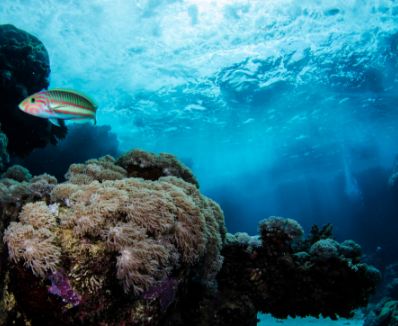
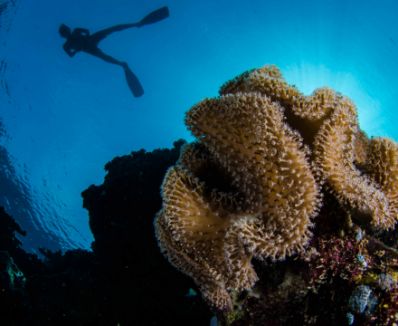
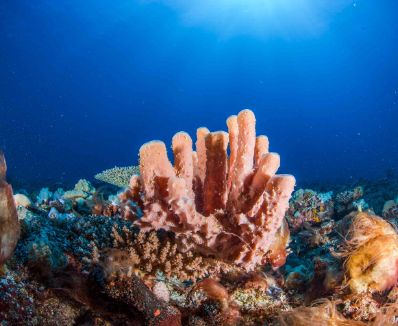
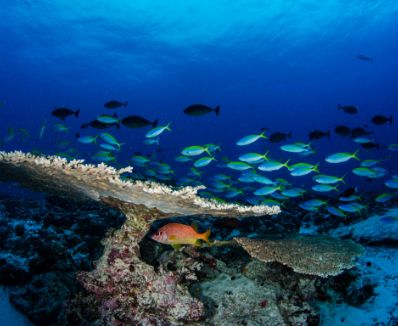
SO WHY ARE CORAL REEFS SO IMPORTANT?
BIODIVERSITY: Coral reefs are home to a quarter of all marine species on the planet.
FOOD SECURITY: Worldwide, coral reefs play a critical role in providing food for more than 500 million people living on or near the coast.
INCOME: Coral reefs provide a livelihood for millions of individuals in the tourism industry, including hotel workers, snorkel guides, dive guides and more
PROTECTION: They serve as natural marine barriers that protect coastal communities from high impact waves during tropical storms, hurricanes and tsunamis.
MEDICINE: Important medicinal components have been found (and are still being found) in several marine species that inhabit coral reefs.
CO-EXIST PURCHASES CONTRIBUTE TO PROTECTING THE WORLDS CORAL REEFS!
Show your support and awareness. Help to preserve and protect our world's oceans.